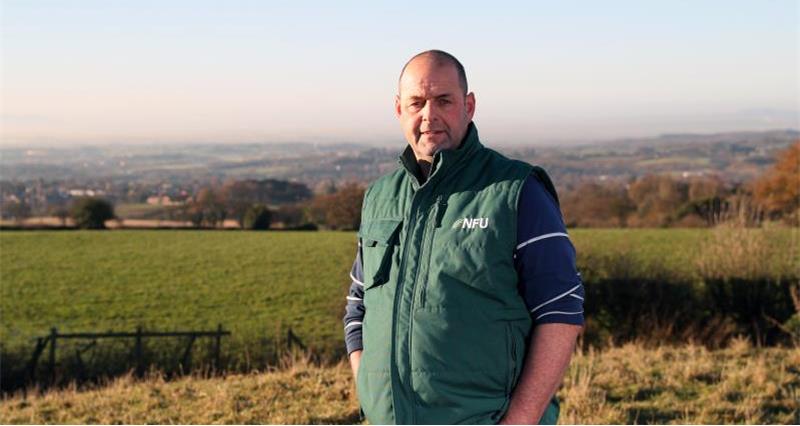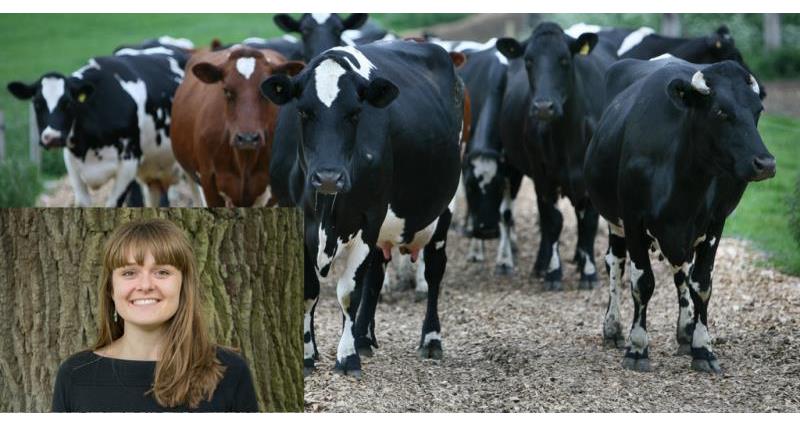The NFU dairy team is in Daejeon, South Korea, for the 2018 IDF World Dairy Summit which is exploring emerging issues and key aspects of the dairy sector.
The five day event also provides delegates a platform to exchange knowledge and share solutions, with the aim of improving dairy farming around the world.
NFU dairy adviser Verity Richards reports from South Korea.
Day one of the Summit kicked off with an overview of the world dairy situation report detailing how production, trade, consumption and dairy prices moved in 2017, termed "the year of recovery," before looking at 2018 and beyond.
A few key stats from the report include:
- an average worldwide production growth of 2.5% (equivalent to the total milk production of the UK)
- an increase in consumption of 1.3% (or 113kg per capita)
- a continued increase in demand for cheese
- worldwide production sat at 850million tonnes (this was composed of 82% cows’ milk with Asia and the EU representing half of the volume)
- continued pressure on protein prices due to surplus of SMP
Looking at 2018 and beyond initial findings show that:
- in all parts of the world weather conditions are/are likely to hampered milk production
- dairy commodity prices have been stable throughout most of 2018
- a lack of clear direction in commodity prices as the expected three year price cycle that we have seen between 2006-16 didn't materialise.
You can read more from the report here https://store.fil-idf.org/product/2018-wds-participants/
(Password for the link: IDFWDS#2018)
Risk Management
John Newton from the American Farm Bureau Federation (AFBF) discussed the new Dairy Revenue Protection Insurance Scheme which has just launched in the US, designed to help farmers manage farm price volatility.
In the US forecasted 2018 net income from all of agriculture is around $65 billion, the 3rd lowest recorded figure after 2009 and 2016, down 47% or 60bn. The farmgate value of milk has fallen by $15bn since 2014 - which works out at approximately $300,000 per farm. This has pushed AFBF to develop new risk management models that go further than the current margin protection and government safety net schemes.
The dairy protection scheme is designed to value production based on its butterfat and protein content. It is based on exchange traded milk and dairy futures and farmers can choose to cover up to 95% of their guarantee. The higher the coverage the more the US Government will cover a percentage of the premium. Similar to the US revenue based crop insurance (which now covers 90% of major field crop) the scheme aims to reduce reliance on ad-hoc and emergency payments and offer more stability to dairy farmers. (Before the crop scheme was introduced the US paid out more than $30bn in emergency payments between 1998 and 2001).
Launched on the 11 October the scheme already covers 222million tonnes of milk.
Skills for future, successor and mental welfare
The third session of the day focused on labour and succession challenges across the world and how countries are tackling the situation.
Chris Lewis from Federated Farmer's NZ set out the New Zealand industry's dairy strategy aimed at securing and maintaining dairy labour now and in the future. Dairy NZ has produced a workplace guide for dairy farmers which sets out their five pillars for good management:
- Balanced and productive workforce
- Fair remuneration
- Wellness and health and safety
- Effective team culture
- Rewarding careers
The message from the session was that there needs to be three strands of activity to secure labour and succession in the future, these include:
- Labour recruitment and retention
- Promotion of the industry
- Training and upskilling staff
More on the NZ dairy strategy labour guide can be found here: https://www.dairytomorrow.co.nz

Speaking at the end of the first day, NFU dairy board chairman Michael Oakes said:
“The first day of the Summit has been really interesting, particularly the last session on trade which saw speakers from Europe, New Zealand and America setting out their trade perspectives and also commenting on how important the final Brexit deal is to the global market.
“As the third largest dairy importer in the world the UK is seen as an extremely attractive market to exporting countries like the US and New Zealand. However it was also emphasised how a bad deal or no deal has the potential to lead to catastrophic problems for the dairy industry on a global scale.”
Follow @NFU_Dairy on Twitter to keep up with the latest from #IDFWDS2018
